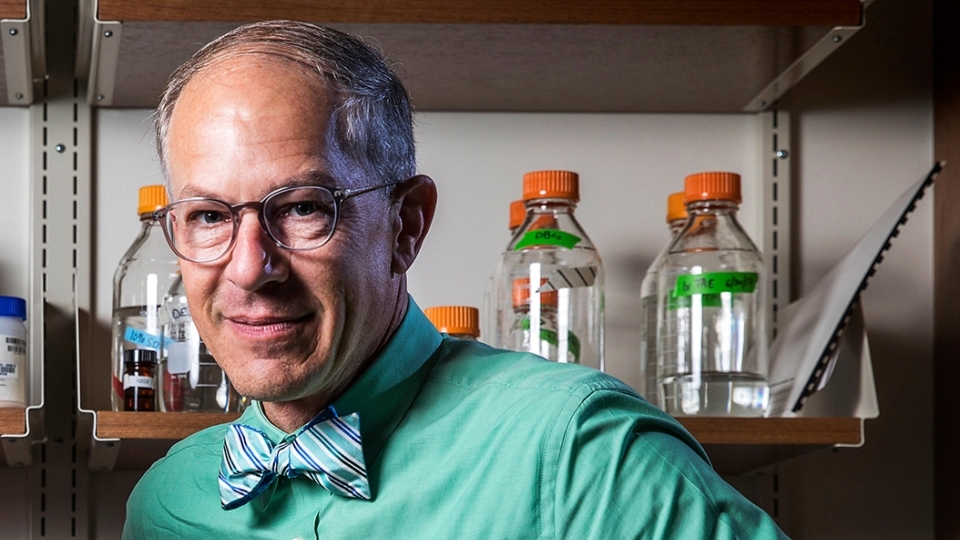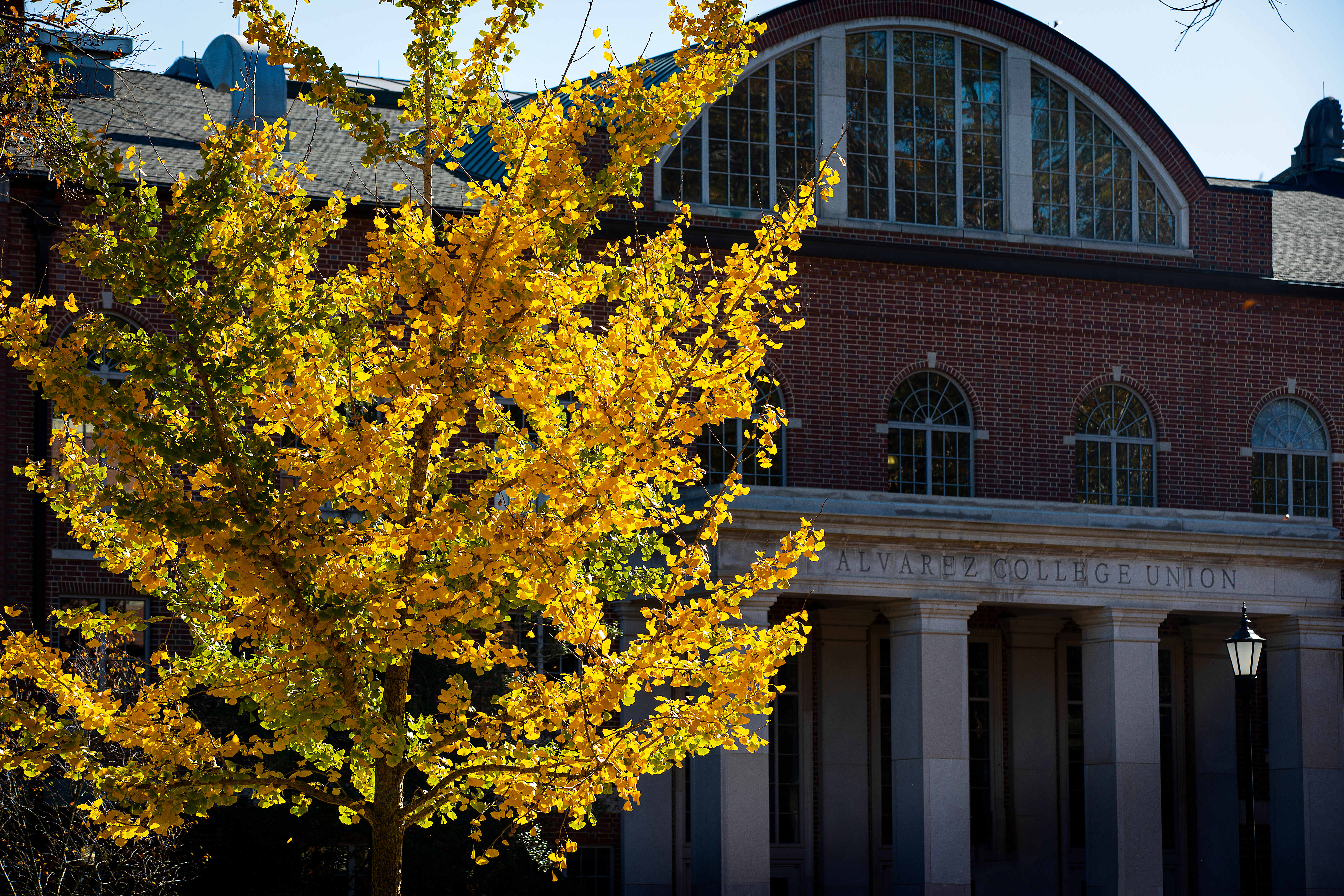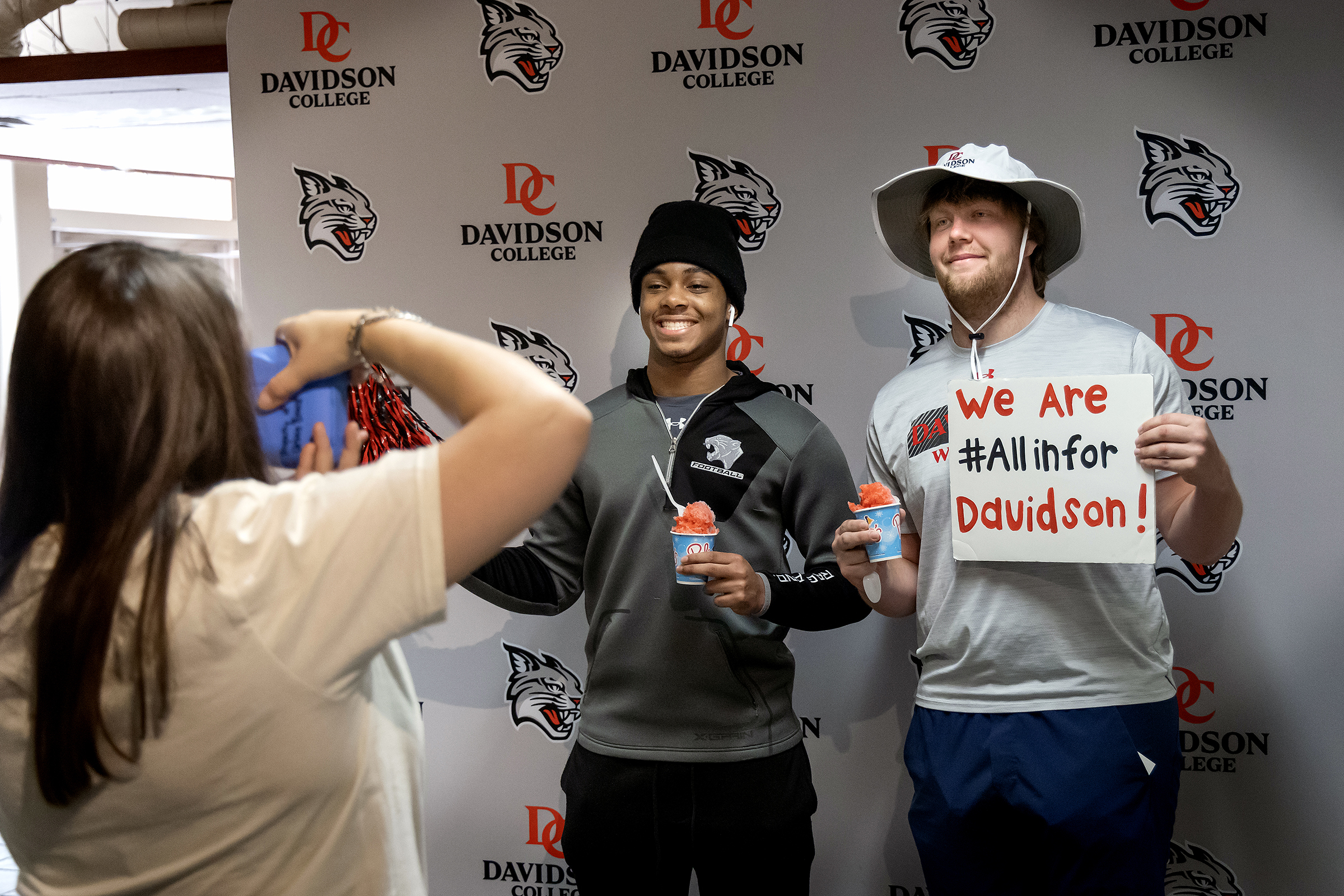Davidson Expert: What We Know About the New Coronavirus Strain
March 5, 2020
- Author
- Jay Pfeifer

As a new strain of coronavirus spreads worldwide, Dave Wessner is seizing on this teachable moment.
Wessner, biology professor and interim chair of health and human values, studied the pathogenesis of coronaviruses as a post-doctoral researcher at the Uniformed Services University of the Health Sciences.
Now, Wessner is using the appearance of SARS-CoV-2 to show his microbiology students how their studies play out in the real world. Wessner opens his classes with a quick update on the virus, using it as a springboard to discussion and to underscore the tight connection between microbiology and public health.
We caught up with Wessner to learn more about the coronavirus.
What do we know about this strain of the coronavirus?
Coronaviruses are not new; we’ve studied them since the 1960s. In fact, certain coronaviruses are among the pathogens that cause the common cold. However, the strain behind COVID-19 is new.
How does a virus like SARS-CoV-2 suddenly appear?
A lot of this is still unclear. We just haven’t had enough time to study the origins of this virus, but apparently this virus jumped into the human population from a wild animal. I’ve heard speculation that it came from bats or from civets.
How does it leap from one species to another?
Viruses are known as very messy microbes. They replicate very quickly and mutate very rapidly. To complicate matters, a coronavirus is an RNA virus—rather than having a double-stranded DNA genome like we do, it has a single-stranded RNA genome which makes it more error-prone than a DNA virus.
If a mutant appears that is well adapted to the non-natural host, it’s going to thrive. And when viruses switch species, they are frequently much more virulent than they are in the natural host.
Is this kind of leap from one species to another unusual?
No, this happens all the time. HIV is a good example of this kind of transition. HIV started as a simian virus that got transmitted from a chimp to a human and mutated to adapt to humans.
In fact, transfers from non-humans to humans are occurring more often because we’re expanding more. If there’s a virus affecting mammals deep in the Amazon, there are more chances for it to spread because there are increasing interactions between humans and non-humans.
Fortunately, most often, these are dead-end transmissions. We see that periodically with influenza. H7N9, a virus that presumably moved from chickens or ducks, has been lethal but the spread has been very limited.
How do you gauge the threat a virus might pose?
There are two things to consider: How easily is the virus transmitted, and how fatal is it?
The Ebola virus, for example, is highly lethal, but it is not rapidly transmitted because it is spread through bodily fluids.
Meanwhile, measles, which we have largely eliminated due to widespread vaccinations, is less lethal, but highly contagious because it is spread through coughing and sneezing.
The COVID-19 virus appears to be respiratory, which likely means it spreads quickly. It’s too soon to tell how lethal it is—the current estimate of two percent lethality could change a lot. But even if it has a very low lethality rate, if millions are infected, that still means a lot of deaths.
How might researchers be studying the virus right now?
One of the first steps is to figure out where it came from so you can see how much it has mutated. That means you isolate the virus from humans and from the wild animals and sequence the RNA of both viruses. Then, you compare the sequences to see how similar they are. That information will help researchers to begin developing possible treatments or vaccines.
When I studied coronaviruses, we were working to understand the interaction between the virus and the host cell. Viruses can only replicate inside the host cell so they have to pass through the outer surface of the cell via a specific protein receptor. We were trying to identify that protein because if you could figure out which protein gave it access to the cell, you could work to block that interaction.
Related Content
- Prof Tells Bloomberg Businessweek Podcast What Makes This Coronavirus Different- Dave Wessner speaks about COVID-19 on Bloomberg Businessweek Podcast



